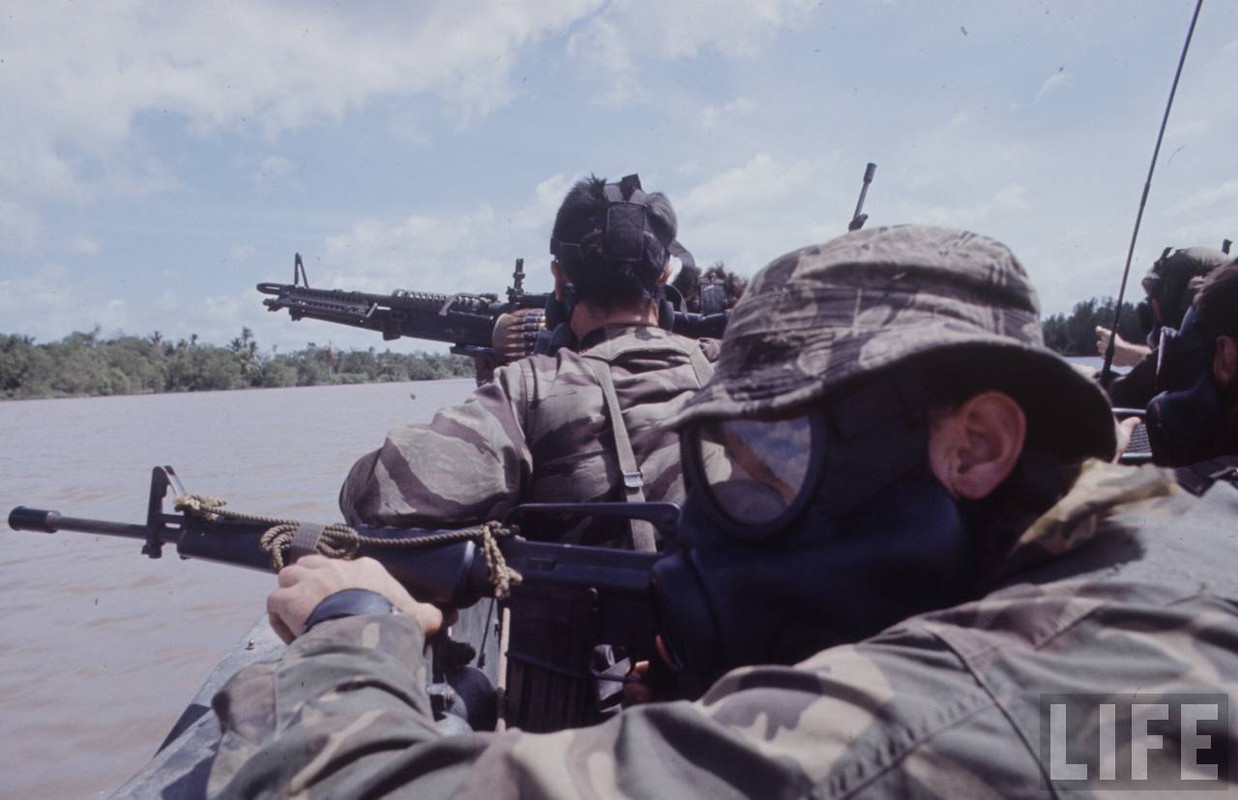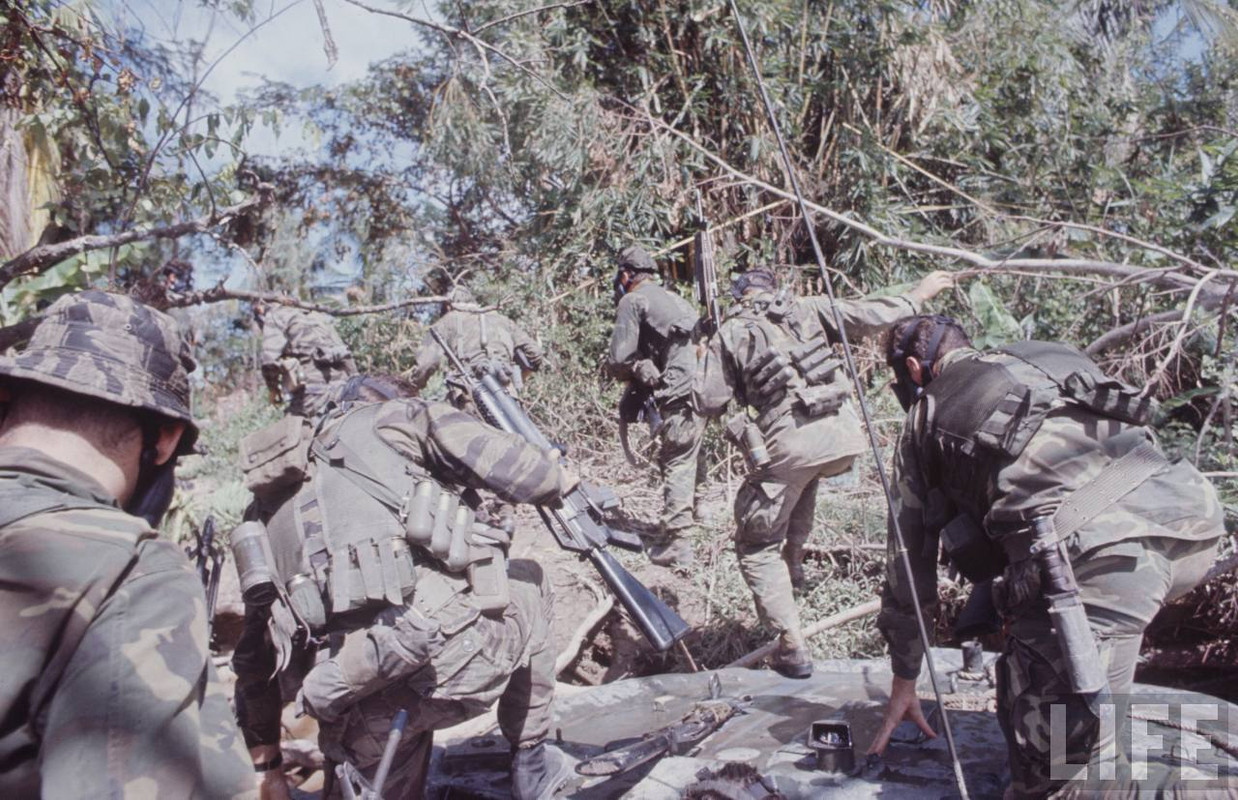SFC Charles Holland D.S.C. KIA 50 years ago,
The President of the United States takes pride in presenting the Distinguished Service Cross (Posthumously) to Charles James Holland (12588446), Staff Sergeant, U.S. Army, for extraordinary heroism in connection with military operations involving conflict with an armed hostile force in the Republic of Vietnam, while serving with Troop E, 17th Cavalry, 173d Airborne Brigade (Separate) in the Republic of Vietnam. Staff Sergeant Holland distinguished himself by exceptionally valorous actions on 18 August 1967. On this date, in an area 15 miles northeast of Dak To Special Forces Camp, Dak To Province, in support of Operation GREELEY, the Team's mission was to penetrate an area heavily infested by Viet Cong and North Vietnamese Army elements, to conduct surveillance of enemy routes and to detect and report all enemy activities. Because heavy enemy activity had been reported in the area, the mission was considered to be very dangerous. Only minutes before the team was to be infiltrated, information was received that six-to-eight Viet Cong had been observed from an aircraft and that they had fired on the aircraft from a location 1,000 meters from the team's primary landing zone. When offered the opportunity to postpone the mission, Sergeant Holland declined, merely changing the location of the infiltration landing zone. During the first few hours after landing, the team located more than 25 foxholes, only 2 to 3 weeks old. The following morning they established an observation point from which they could watch both nearby Highway 14 and a known enemy trail a short distance away. The observation point, located on the side of a hill, was well concealed by the vegetation, but permitted an unobstructed view. A short time later, 21 Viet Cong were observed moving along the trail. After calling for artillery fire, voices and movement were heard to their rear and they were assaulted by intense enemy automatic weapons fire, hand grenades and M-79 grenade launcher fire. Sergeant Holland immediately returned fire but, realizing the extreme danger to his men, ordered the team to withdraw from the area. He remained behind to provide cover fire for his men, several times overtaking them only long enough to give additional instructions. When all the men had safely reached the bottom of the hill, it was noted that the radio had been left behind. Completely disregarding his own safety, Sergeant Holland charged back up the hill, firing his weapon in order to draw the enemy fire from his men. As a result of his gallant actions, it was possible for the remainder of the team to be safely extracted from their vulnerable position. The following day, Sergeant Holland's lifeless body was found a short distance from the point of initial contact. Because he was wearing part of the equipment which had been left behind, it was determined that he had reached the observation post and was overtaken by the enemy force while attempting to return to his men. From an examination of the area in which his body was found, it was discovered that he had valiantly fought the enemy until he was overcome. Moreover, evidence revealed that he had inflicted serious injury on several enemy soldiers. His courage in the face of a determined enemy force was instrumental in saving the lives of his team members. Sergeant Holland's conspicuous gallantry, his profound courage and his intrepidity at the risk of his own life above and beyond the call of duty were in keeping with the highest traditions of the military service and reflect great credit upon himself, his unit and the United States Army. DAGO 15 8 APR 68
